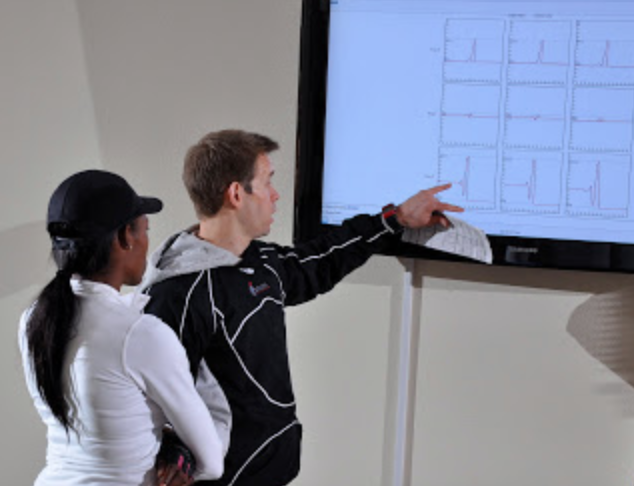
It seems odd to see our athletes make huge gains when I see them just a few times a month. How is it possible to see a professional baseball player sprint faster after just 5 minutes or a female volleyball player jump higher in a mere hour of training? Neuroplasticity can explain both of these immediate changes, as well as a longer course of skill refinement. At Sparta, we call this neuromuscular reprogramming.
Neuromuscular reprogramming is the brain’s ability to reorganize itself by forming new connections.
Despite the original theory that our central nervous system had little to no capacity for adaptation, this reorganization takes place by mechanisms such as “axonal sprouting”. Axons, the projections of nerve cells that carry electricity, sprout endings to connect with other nerve cells to form new pathways. These changes occur immediately at synapses, the connections between neurons, in a process known as synaptic efficiency. The most chronic changes occur in your brain by reorganizing the areas responsible for certain tasks, whether it be playing a guitar or sprinting. Now that we know our capabilities are not predetermined, and our nervous system is actually capable of evolvement, principles must be discussed to take advantage of this ability to reprogram.
As our training culture surfaces, we unknowingly have focused on 3 major principles; consistency, coaching, and complexity. As discussed previously and promoted by Malcolm Gladwell’s target of 10,000 hours, the repetition of skills, such as sprinting, must be rehearsed consistently to establish the neural pathways. However, to ensure these pathways are correct, experienced coaches must provide the correct feedback to ensure the movement sequence is optimal.
The third component, complexity of the movement, is perhaps the most important aspect as the coach must choose the correct movement and also know the intricacies even if it appears simple. This importance in skill complexity was discussed in a 2009 review out of AUT University in New Zealand. The studies reviewed showed greater excitability immediately after practice due to greater synaptic efficiency. The review went on to compare novice and expert athletes, finding a greater cortical representation of muscles performing the motor task. Such brain alterations demonstrate the potential for functional reorganization as a result of long-term experience.
While an exercise may appear simple, every movement should be so complex that it could be a sport in itself, whether it is a squat or a medicine ball throw. After picking the best movements and rehearsing them, continue to look deeper for that skill’s complexity because it is there.
The review also goes on to discuss the permanency of this neuromuscular reprogramming after stopping exercise. If you’re interested in these aspects, you’ve already lost.